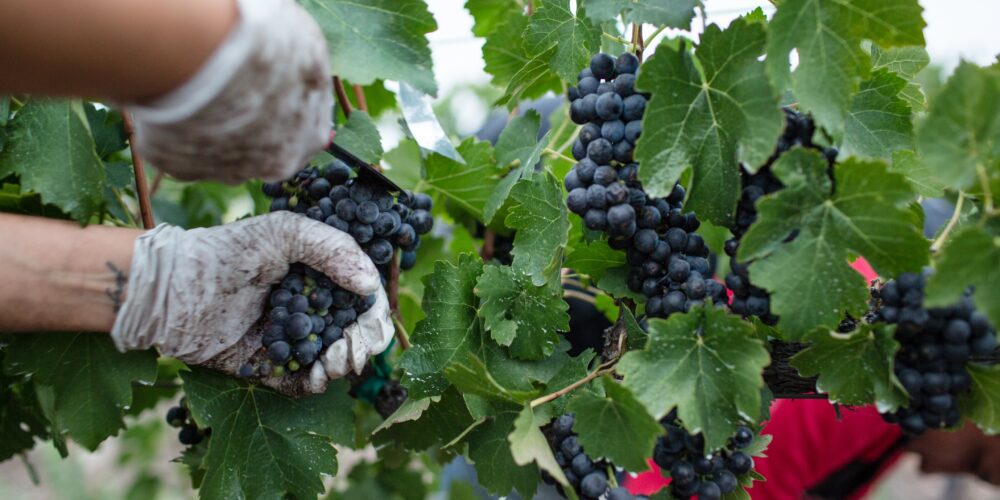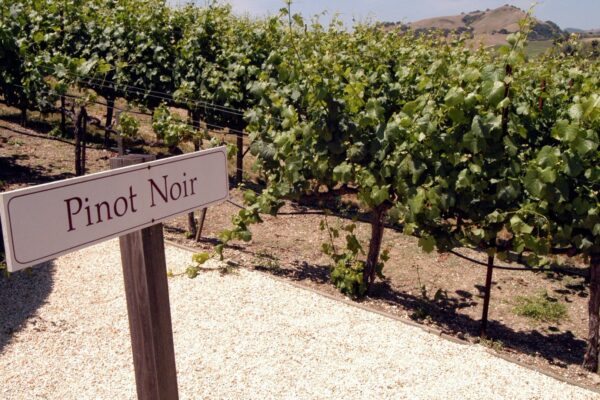The harvest season is an iconic period in the world of wine. It marks the annual grape harvest for winemakers, signaling the beginning of the creation of fine wines. This winemaking tradition dates back many centuries and is celebrated throughout the country, drawing wine enthusiasts from around the world. Explore comprehensive information on the history and significance of the harvest season for winemakers.
What are the grape harvests?
The grape harvests refer to the process of harvesting ripe grapes in vineyards. It is a crucial stage in wine production. The quality of the harvested grapes directly influences the taste and aroma of the final wine. Harvests are generally carried out at the end of summer or the beginning of autumn when the grapes have reached their optimal maturity.
Indeed, harvesting the grapes at their optimal maturity is crucial. It is the moment when there is the highest sugar content, allowing for the fermentation of the grapes and thus the creation of alcohol.
The History of Grape Harvests
The origins of grape harvests are deeply rooted in history, dating back to antiquity. They were practiced by the earliest wine-producing civilizations in Egypt and Mesopotamia over 6,000 years ago. These cultures realized that grapes harvested at maturity could be transformed into a delicious and intoxicating beverage, paving the way for the production of wine as we know it today.
Evolution of Harvesting Techniques
Over the centuries, harvesting techniques have evolved to meet the needs and technological advancements in the wine industry. Originally, harvesting was exclusively done by hand, with pickers delicately picking individual grape clusters. However, with the emergence of new methods and innovative tools, mechanical harvesting has become increasingly common. This enhances productivity and optimizes efficiency. Nevertheless, many oenologists and winemakers still prefer manual harvesting. It allows them to taste the grapes, even the seeds, to ensure control over acidity and balance. Through manual harvesting, vintners ensure that each grape has reached optimal ripeness, paving the way for an exceptional wine in the future.
The Impact of Grape Harvests on Wine Quality
Grape harvests play a crucial role in the quality of the produced wine. Grapes harvested at an optimal stage of ripeness offer more complex flavors and aromas, contributing to the creation of high-quality wines. Viticulturists and oenologists take special care in determining the precise timing of the harvest, considering grape variety and climatic conditions, to ensure optimal harvests and exceptional wines. According to Laurent Derhé:
A good wine without good grapes is not possible.
The Impact of Terroirs
The impact of terroirs on grape harvests is of paramount importance. Terroir refers to the combination of geographical, geological, climatic, and human characteristics that influence vine growth and, consequently, the quality of harvested grapes. Each wine region has its own unique terroir, imparting distinct characteristics to its wines.
Soil Composition
The geological composition of the soil plays a crucial role in grape development. Different soil types, such as clay, limestone, shale, or sand, influence water retention, drainage capacity, and vine nutrition. These factors directly impact root development, plant growth, and the quality of harvested grapes. For example, a limestone soil can impart a characteristic minerality to the wine, while clay soil promotes water retention, influencing aroma concentration.
Climate
Local climate is another essential element of terroir. Grape harvests are influenced by the specific weather conditions in each wine region, including sunlight, temperature, precipitation, and seasonal variations. These climatic factors determine the pace of grape maturation and the preservation of natural acids, sugars, and aromas. A warm and sunny climate promotes full grape ripening, while a cooler climate preserves acidity and imparts aromatic freshness.
Topography
The topography and orientation of vineyards also impact grape harvests. Slopes and elevations can affect sunlight exposure, soil drainage, and air circulation, influencing vine health and grape quality. Additionally, the orientation of vines relative to the sun can determine the distribution of heat and light, contributing to even grape maturation.
It’s important to note that each grape variety potentially has different maturation times. For instance, Chardonnay may have a different maturation time compared to Pinot Noir or Gamay.
The winemaker must navigate through all these factors to obtain the best possible grapes.
Grape Harvests Around the World
Grape harvests are not limited to a single country or wine region. This event is celebrated worldwide, in regions renowned for their production of quality wine. Countries like France, Italy, Spain, the United States, Australia, and many others are known for their exceptional grape harvests. Each region brings its own characteristics and harvesting techniques, resulting in unique and distinctive wines.
The timing, of course, varies by country. For example, in Europe, the official ban on harvests begins in September. Meanwhile, in vineyards in the Southern Hemisphere, harvests occur in March.
This period is not only a time of intensive work for winemakers but also an opportunity to celebrate and share the passion for wine with enthusiasts worldwide. It’s a festive time where visitors can participate in wine tastings, vineyard tours, and special harvest-related events.
In conclusion, grape harvests are a moment of excitement, passion, and anticipation in the world of wine. They mark the beginning of the creation of the new vintage, where winemakers strive to extract the best from the harvested grapes. They symbolize a centuries-old viticultural tradition, a craftsmanship passed down from generation to generation, and a constant pursuit of excellence in the art of producing unique and memorable wines.
Listen to our episode on grape harvests
Learn more
If you enjoy our podcast ‘5 minutes to learn about wine,’ check out our new podcast ‘Le Bruit de la Vigne,’ where we give a voice to the future wine experts.



